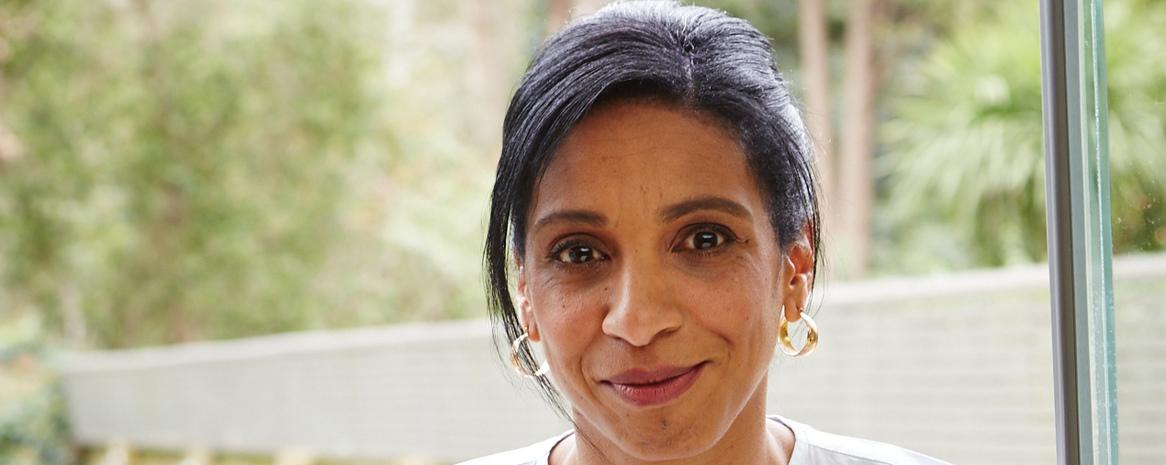How it all started
In 2021, when Jack was 5 years old, we noticed he appeared extremely tired. We thought, 'he’s just started school so he’s likely just tired from all the playing and learning'.
I have type 1 diabetes myself – I was diagnosed aged 8. My dad also had type 1 diabetes – he was diagnosed aged 2. So, I wanted to get Jack checked.
I took him to the GP and they did a HbA1c test, which came back normal. I felt relieved - maybe I was worrying for nothing?
Fast forward eight or so months later, Jack had started complaining of tummy ache on and off and was still very tired and lethargic. I convinced Jack to let me check his glucose on my blood glucose meter before his evening meal. It was 10.2 mmol/L.
The next day, he was seen at our local hospital. His glucose levels were up and down, but not consistently high. That’s when he had a blood test to check for type 1 diabetes autoantibodies.
Autoantibodies are proteins used by the immune system to earmark insulin-producing cells for destruction. A simple blood test can detect if someone has autoantibodies, and how many. When there are two or more autoantibodies, the immune system’s attack has already started, and it’s almost certain someone will develop type 1 diabetes in their lifetime. This phase – before symptoms appear or insulin treatment is needed – is known as early-stage type 1 diabetes.
We got the results back a month or so later and found out he had tested positive for three autoantibodies. That’s how we discovered Jack was in the early stages of type 1 diabetes.
Monitoring blood glucose levels
We were referred to a clinic in Oxford that specialised in early-stage type 1 diabetes. Jack had check-ups every 3 months to check his blood glucose levels and monitor any progression. It was nice to know that Jack was being reviewed and there was some kind of plan in place for if things changed – that made us feel a lot better.
Jack unfortunately became unwell at the end of March 2024 with a fever and a rash, and his younger brother had seen Jack drinking from the tap in the bathroom. We followed the team’s advice and tested Jack’s blood glucose levels. They were really high.
We got in touch with the diabetes team and they told us Jack has progressed to the full onset of type 1 diabetes. He was then started on low doses of insulin.

